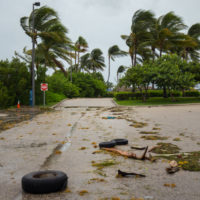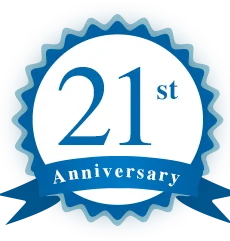3 Tips for Bankruptcy After a Natural Disaster

Hurricane Irma recently swept through our area, and though South Florida was spared the brunt of the storm, some homeowners were still left with costly expenses in its wake. Massive storms like Irma not only cause damage that homeowners must pay to repair, they also create other expenses due to lost wages, mandatory evacuations, purchased supplies, and so on. These costs add up quickly, leaving those who were already struggling to get by facing the prospect of even greater debt. For these individuals, a personal bankruptcy may be the solution they’re in need of. However, filing for Chapter 7 or Chapter 13 under these circumstances requires a carefully calculated approach.
Our West Palm Beach bankruptcy attorneys are sharing some tips below for bankruptcy filing after all natural disasters, including hurricanes.
1. Prepare for the Worst
Bankruptcy cannot be planned for, but a hurricane certainly can be. While the paths of these storms are unpredictable, it is always better to plan for the worst-case scenario. It is crucial to keep all essential paperwork in a safe place, even if that means storing it with someone outside of the state. This includes documentation of all loans, individual social security cards, insurance coverage, and other documents that may need to be referenced following the storm. While gathering this paperwork, it is also advisable that homeowners review all insurance documents to get a better understanding of what damage is covered. Depending on the timing, one may be able to add additional coverage that can reduce financial strain if significant damage occurs.
2. Seek Out Financial Assistance First
After a major hurricane, there are likely to be programs in place to financially assist the hardest hit individuals. For instance, following Hurricane Irma, FEMA’s Individuals and Households Program offered a means of paying for medical expenses, child care, transportation, funeral costs, and more. Additionally, those who are unable to work can seek Disaster Unemployment Assistance to avoid falling behind on payments due to lost wages. The 90-day moratorium on foreclosures HUD enacted for its mortgages after Irma is key for helping homeowners avoid foreclosure, which in turn reduces the need for a bankruptcy filing. Other programs may be available on a situational basis, and are certainly worth exploring — as are bankruptcy alternatives, like loan modification and skillfully negotiated repayment plans.
3. Enlist a Qualified Attorney
Following a natural disaster, navigating the bankruptcy process can be especially difficult. For this reason, having the right representation is of the utmost importance. There are certain protections afforded to those recovering from hurricanes, floods, and the like, but an attorney may be needed to take advantage of them. For example, the Bankruptcy Abuse Prevention and Consumer Protection Act (BAPCPA) offers an exemption for credit counseling to those who have suffered through a natural disaster, but a lawyer’s help is needed to obtain the waiver. The BAPCPA also recognizes debtors as not at fault for lost documents, modifies the means test for affected individuals, and requires trustees to facilitate communication between lenders or borrowers when establishing a connection is difficult.
If you have questions about filing for bankruptcy following a natural disaster, our West Palm Beach bankruptcy attorneys are here to help. Contact our office today to schedule a consultation, during which we’ll determine the best course of action for your unique situation.



